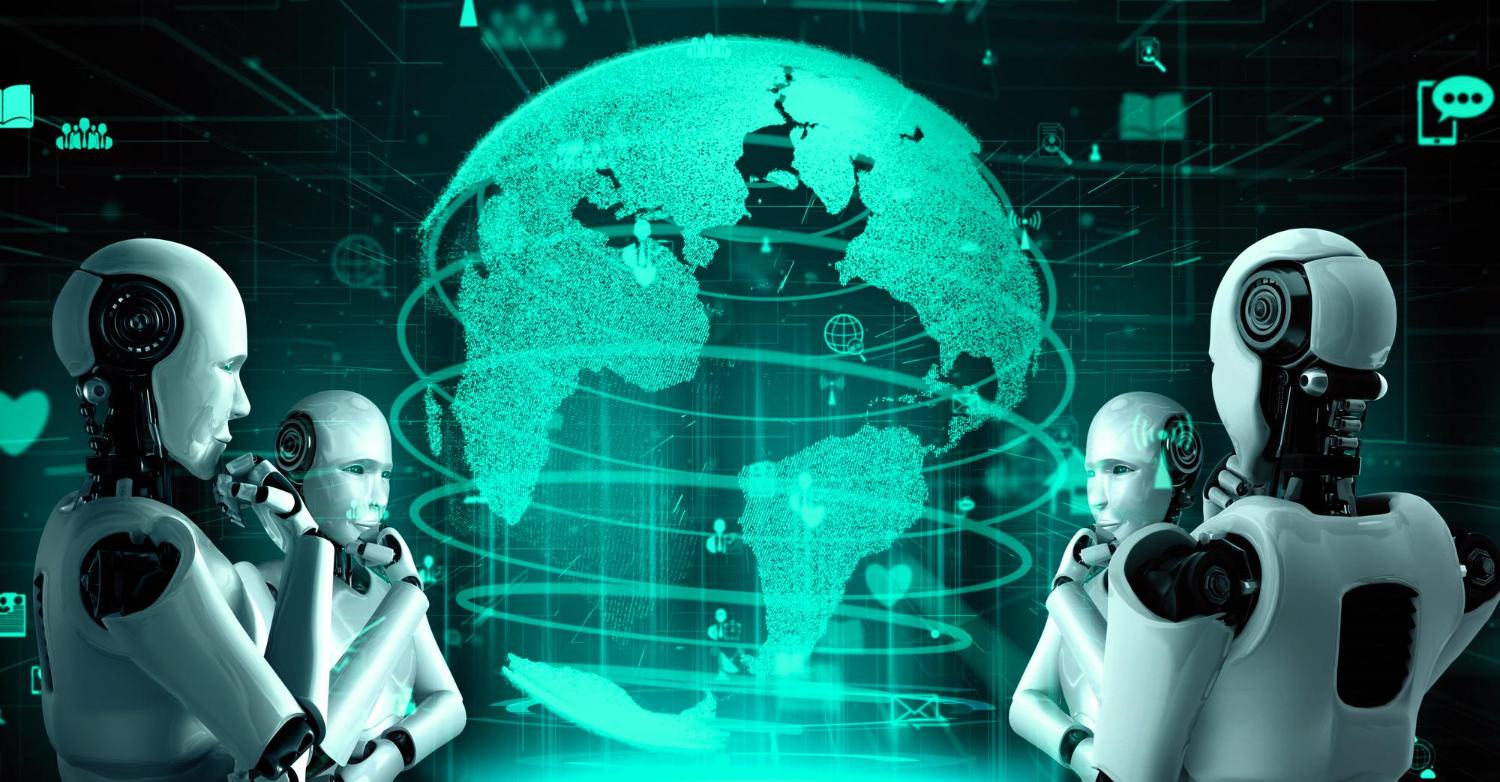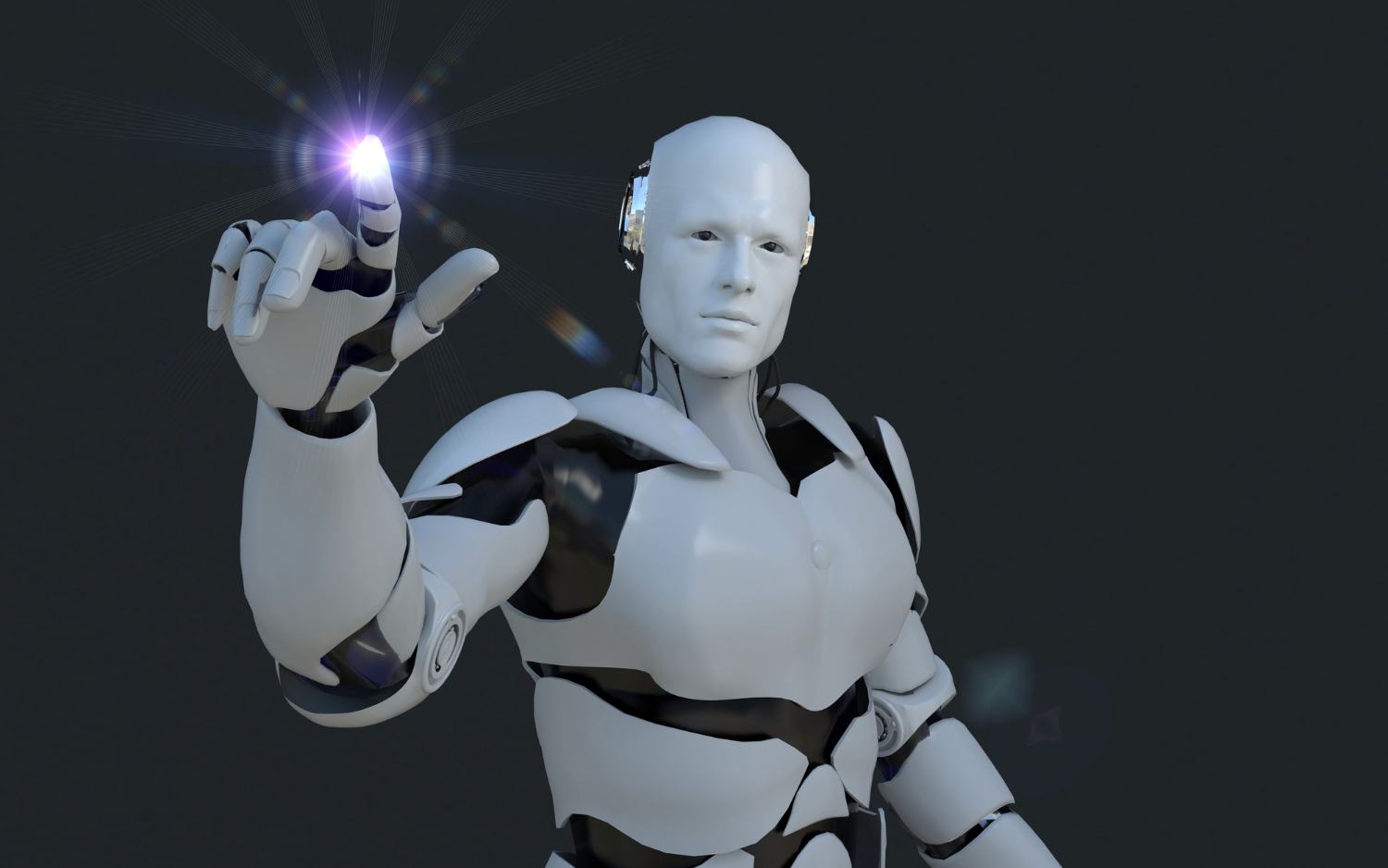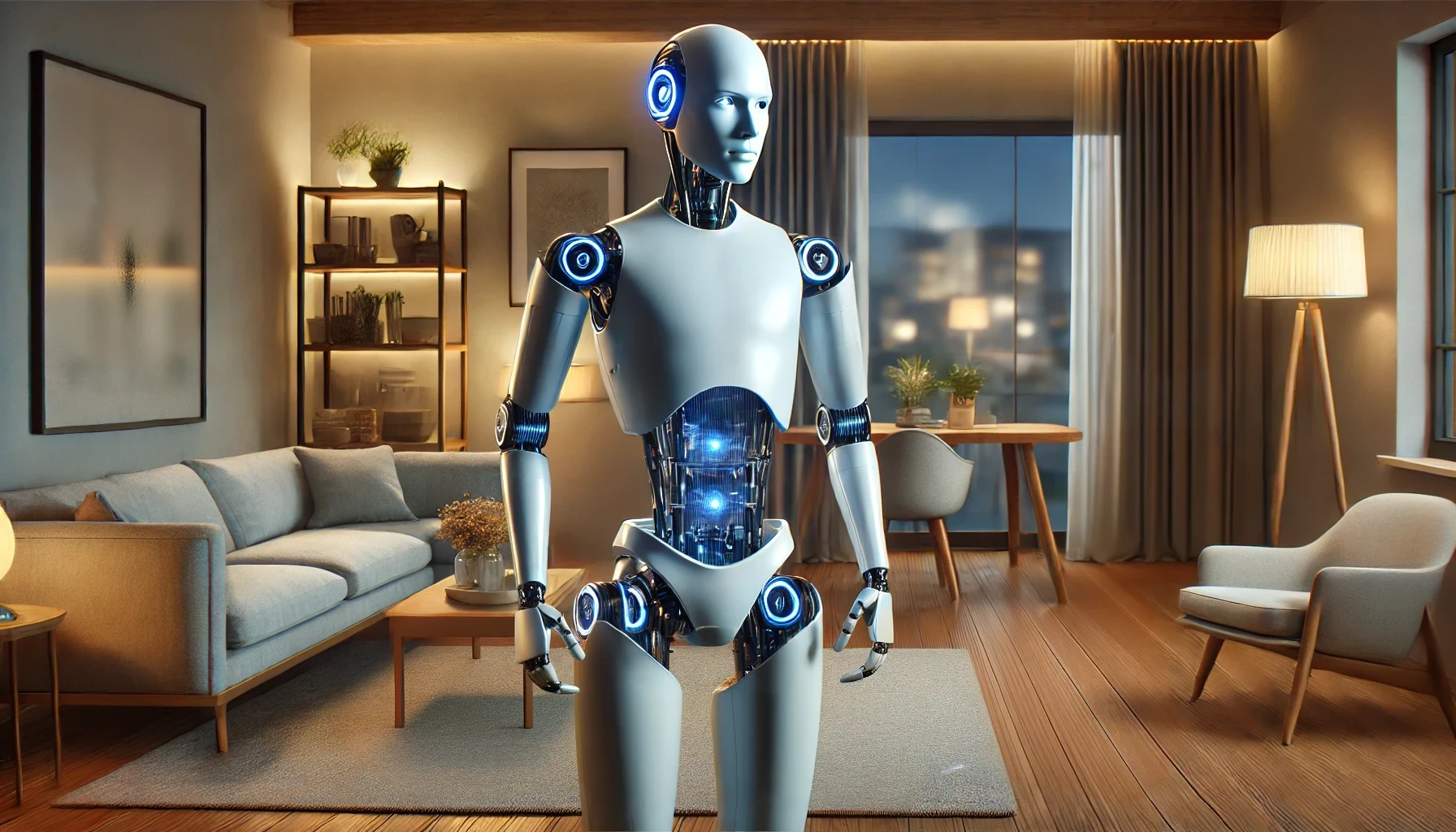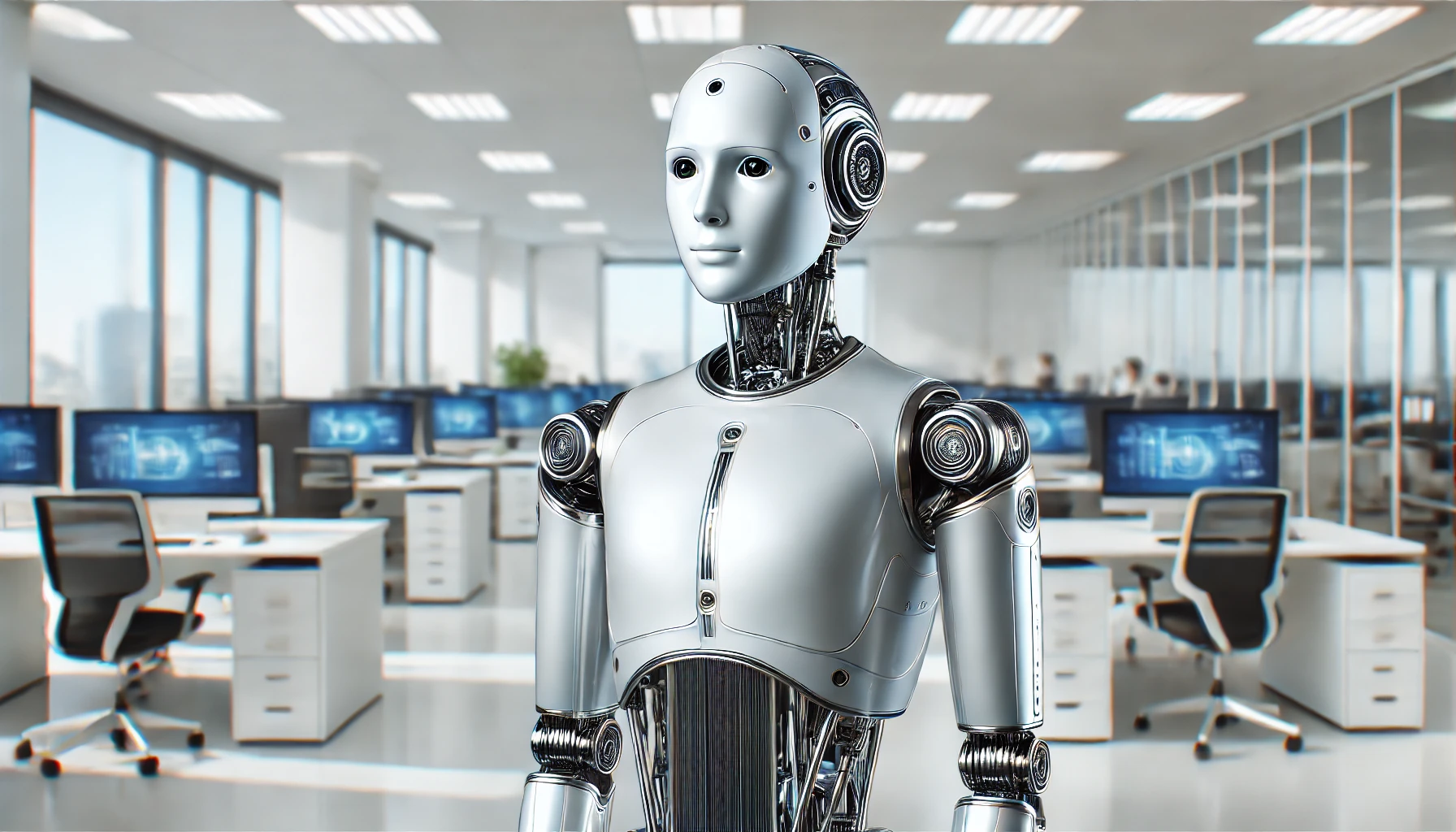



Artificial intelligence (AI) isn't just a buzzword, it's a real revolution that is already starting to change everything around us. From home robots that help in everyday life to complex industrial systems aimed at increasing productivity, AI is making its way into various areas of human life. Together with robots using advanced AI technologies, these changes are creating a new landscape in which we are only beginning to realize the full scale of the impact of these technologies. In this article, we'll look at how AI and robots are changing our world, from home devices to industrial and medical innovations, and how this affects society as a whole.
Artificial intelligence is a field of computer science that deals with the creation of systems capable of performing tasks that would normally require human intelligence, such as perception, decision-making, learning, and adaptation. AI uses a variety of techniques, including machine learning, neural networks, and natural language processing.
Robots are machines that can perform certain tasks automatically. Modern AI-equipped robots are able to learn from experience, adapt to changing conditions, and interact with the environment and people. These devices range from simple mechanical assistants to complex autonomous systems.
Robots and AI have already begun to make their way into our daily lives, changing the way we perform routine tasks and interact with the world around us. Smart devices such as voice assistants, smart refrigerators, security systems, and even robot vacuums are appearing in homes that can work without human intervention.
AI is also actively used in various smartphone applications and in smart health devices such as fitness trackers and health monitoring apps. They analyze data and provide personalized recommendations, helping people monitor their physical condition and improve their quality of life.
AI and robots are being actively introduced into industry, which has both positive and challenges for society. It is important to note that the implementation of these technologies significantly increases productivity. AI-equipped robots can work around the clock, without fatigue or interruptions, resulting in increased efficiency and lower production costs.
On production lines, AI and robots use machine vision systems to monitor product quality, identify defects, and automatically eliminate errors. While humans are engaged in management and decision-making, robots perform hard, dangerous, or monotonous work. This significantly reduces the risk of injury and increases the level of safety in the workplace.
In addition, AI helps optimize logistics and supply chain by analyzing massive amounts of data to make faster and more accurate decisions. This allows you to minimize inventory, speed up delivery and significantly reduce costs.
One of the most promising applications of artificial intelligence and robots is in medicine. Modern medical robots with AI can perform operations with high accuracy, minimizing the human factor and increasing the likelihood of a successful outcome. An example is a robotic surgeon that allows doctors to perform minimally invasive surgeries using remote control.
AI in medicine is actively used for diagnostics. Machine learning algorithms analyze medical images, such as X-rays or MRIs, and can identify abnormalities that may not be noticeable to the human eye. Such technologies help speed up the diagnosis of problems and reduce the burden on doctors.

In addition, with the development of artificial intelligence, it has become possible to predict the development of various problems based on the analysis of medical data and the patient's genetic information. This allows you to start help at the earliest stages, which significantly increases the chances of a successful recovery.
As with any new technology, the introduction of artificial intelligence and robots raises many ethical questions. For example, how can we prevent robots from making bad decisions if they are to be used in healthcare or law? How to ensure that AI is not used to violate personal security and privacy?
Workplace issues are also becoming relevant. Automation and robotization are already beginning to have an impact on the labor market. In some industries, robots can replace humans, leading to job losses. For example, in warehouses or production halls, many routine tasks are now performed by robots, and people are responsible for managing and controlling processes. This may lead to job cuts, but at the same time it creates new professions related to the development, maintenance and control of robots and AI systems.
Artificial intelligence and robotics technologies continue to evolve at an incredible rate. In the future, we can expect even more complex and intelligent robots that will be able to perform more and more tasks. AI will be integrated into most sectors of the economy, which will make manufacturing, medicine, transport, education and many other areas even more efficient.
Artificial intelligence is expected to be increasingly used in the field of autonomous vehicles such as cars and drones. This will lead to a change in the transport infrastructure and can radically change the way people live, reducing the number of accidents and increasing the level of safety on the roads.
We should also expect an improvement in the interaction between man and machine. Smart robots will become increasingly emotionally intelligent, which will help them better interact with people and perform social roles, such as helping the elderly or people with disabilities.
Artificial intelligence and robots are not just trendy technologies, but a real force that is changing our world. They penetrate into everyday life, industry, medicine and other areas, providing new opportunities to improve efficiency and quality of life. At the same time, they require careful consideration of ethics, safety and social implications. A future in which AI and robots play a key role promises to be smarter, safer, and more innovative. But as with any new technology, we have to find a balance to harness its benefits without negatively impacting society.
Thus, artificial intelligence and robots open up many new horizons for us. Technology is changing not only the way we work and live, but also the way we perceive the world around us. This process is just beginning, and an even more interesting and faster future awaits us, in which the boundaries between man and machine will be less and less distinguishable.



Reviews